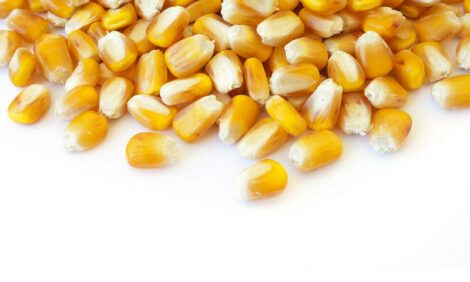



Tools to Help Producers Control PRRS
The US industry set itself a long-term goal to eradicate PRRS from its pig population in 2002 and thanks to continuing research over the past few years, swine producers now have more tools to prevent and manage the disease, writes ThePigSite senior editor Chris Harris.Speaking at the World Pork Expo in Des Moines in a presentation sponsored by the pharmaceutical company, Boehringer Ingelheim, Dr Scott Dee from the Swine Disease Eradication Centre at the University of Minnesota said that there have been large advances in discovering how PRRS can travel through the air, which vaccines work and how to administer them and in groups working together to build up a profile of the disease.
He said that for too long the industry has been on the defensive about porcine reproductive and respiratory syndrome (PRRS) and now it was time to go on the offensive.
Dr Dee said that many of the new developments can be integrated in to the herd management fitting each individual case.
"Today more than ever before, producers can take a holistic, systematic approach to managing PRRS with greater success," he said.
"Our improved understanding of the dynamics of the virus, transmission, infection, diagnosis and monitoring, and vaccination protocols has helped us provide producers with highly effective tools to turn the tide on PRRS infections."
Oral Fluid Sampling
One of the major advances has been the development of a means of testing for the disease, without taking a blood sample, but by taking oral fluid samples.
He said the process is similar to a process used in screening for diseases in humans for nearly a century.
Dr Dee added that ongoing research by Iowa State University and other organisations showed that oral fluid sampling is an easy and effective monitoring tool.
"Using a simple cotton rope, the pigs' natural chewing behaviour, and PCR lab diagnostics, this method may be effective in monitoring not only PRRS, but PCV2, SIV and other diseases," he said.
Airborne Risk
Another piece of research that has been carried out at Dr Dee's own centre at Minnesota University has shown that PRRS can travel in the air for up to three miles or more and still be infectious.
Because of this discovery, Dr Dee said that fitting a good air filtration system to the pig houses could act as a secure barrier preventing the disease entering the house and infecting the pigs.
"The risk of airborne spread of the disease is a reality," said Dr Dee.
"Our research as it relates to area/regional PRRS control and elimination shows that the virus can travel long distance in the air and presents a significant risk factor in the spread of the disease under certain weather conditions.
"In addition, appropriate air filtration is an essential component of an effective biosecurity programme for swine-dense regions."
He said that an air filtration system is an important safeguard but it does also have a cost attached to it.
He said that research is being carried out to reduce the cost of installing filtration units and different types of filter are also being studied including disinfectant and antimicrobial air filters.
He said that the options for the farmer have to be measured on the level of risk as well as the location of the pig barns as well as budget.
On-Farm Risk Assessment
Another PRRS management tool Dr Dee discussed as a complementary component was on-farm risk assessment programmes, which help managers identify various risk factors for disease in their systems.
"Conducted by individual farms, risk assessments are a critical first step to uncovering historical and current management and biosecurity issues that impact PRRS infection in a system," Dr Dee said.
"Individual farm assessments can be analysed within a specific area or region to compare PRRS status and risk and improve disease control within that region."
He added that also using specialised IT programmes to map the areas and regions and the spread of the disease together with the on-farm monitoring can help to control the spread of the disease.
Vaccination Programmes
Dr Dee also showed how information on how vaccination protocols can be used in the breeding herd and entire pig production pipeline to reduce transmission of PRRS virus and improve clinical response to infections and overall pig performance in the face of disease challenge.
"The most effective and successful PRRS control and prevention within an area requires a high degree of cooperation, coordination and collaboration within and among production systems in a region," Dr Dee concluded.
"Fortunately, producers have a number of effective tools available to better help them determine current status, assess PRRS risk, measure and monitor infection status and improve their disease-management decision making."
Further Reading
| - | Find out more information on PRRS by clicking here. |
June 2009








